Hair is made up of a highly resistant protein known as keratin.
Its main function is to regulate the head’s temperature, protecting it from excessive heat or intense cold.
Hair grows out of the layer of skin covering the human skull. It is part of a complex structure known as the pilosebaceous apparatus.
The part of the hair that can be seen outside the scalp is known as the shaft. Its diameter generally ranges between 65 and 78 micrometers. A micrometer is equivalent to a millimeter divided by 1,000.
The portion of hair hidden under the scalp is known as the root shaft. It rises out of a sac, the hair follicle. The innermost part of the follicle produces a swelling called the bulb, at the bottom of which lie a cluster of cells known as the matrix. The matrix cells produce keratin and are responsible for hair growth.
Each strand of hair has a three-phase life cycle. The anagen phase lasts between 2 and 7 years, during which the hair grows constantly. In this phase, the hair grows by about 1 centimeter a month. The catagen phase, or static phase, lasts 2-3 weeks, during which the hair stops growing.
During the telogen phase, the follicle expels the strand and the hair falls away. This phase lasts roughly three months, and includes the production of a new strand of hair.
Hair type is largely due to ethnic factors. Generally, hair types are classified in three broad groups: lissotrichous or straight hair, typical of Asian ethnic groups; cymotrichous or wavy and curly hair, generally found in Caucasians; and ulotrichous or woolly hair, characteristic of ethnic groups from Africa and the Pacific Islands.
Hair color depends on melanin, a pigment produced by cells known as melanocytes, located on top of the matrix layer.
Melanin is found in two varieties. Eumelanin is responsible for darker hair colors, while pheomelanin generates yellow-red hues.
White hair is caused by the weakening of melanocytes, due to cellular aging as well as hereditary and environmental factors.
Hair is a symbol of virility for men and seduction for women.
The Bible tells the story of Samson, a hero whose proverbial strength derived from his hair.
In 18th-century France, aristocrats wore elaborate wigs to symbolize their power.
To this day, hair is used as a way of expressing both personality traits and cultural identity.
Its main function is to regulate the head’s temperature, protecting it from excessive heat or intense cold.
Hair grows out of the layer of skin covering the human skull. It is part of a complex structure known as the pilosebaceous apparatus.
The part of the hair that can be seen outside the scalp is known as the shaft. Its diameter generally ranges between 65 and 78 micrometers. A micrometer is equivalent to a millimeter divided by 1,000.
The portion of hair hidden under the scalp is known as the root shaft. It rises out of a sac, the hair follicle. The innermost part of the follicle produces a swelling called the bulb, at the bottom of which lie a cluster of cells known as the matrix. The matrix cells produce keratin and are responsible for hair growth.
Each strand of hair has a three-phase life cycle. The anagen phase lasts between 2 and 7 years, during which the hair grows constantly. In this phase, the hair grows by about 1 centimeter a month. The catagen phase, or static phase, lasts 2-3 weeks, during which the hair stops growing.
During the telogen phase, the follicle expels the strand and the hair falls away. This phase lasts roughly three months, and includes the production of a new strand of hair.
Hair type is largely due to ethnic factors. Generally, hair types are classified in three broad groups: lissotrichous or straight hair, typical of Asian ethnic groups; cymotrichous or wavy and curly hair, generally found in Caucasians; and ulotrichous or woolly hair, characteristic of ethnic groups from Africa and the Pacific Islands.
Hair color depends on melanin, a pigment produced by cells known as melanocytes, located on top of the matrix layer.
Melanin is found in two varieties. Eumelanin is responsible for darker hair colors, while pheomelanin generates yellow-red hues.
White hair is caused by the weakening of melanocytes, due to cellular aging as well as hereditary and environmental factors.
Hair is a symbol of virility for men and seduction for women.
The Bible tells the story of Samson, a hero whose proverbial strength derived from his hair.
In 18th-century France, aristocrats wore elaborate wigs to symbolize their power.
To this day, hair is used as a way of expressing both personality traits and cultural identity.
RELATED


MERCURY


HORSE


THE NERVOUS SYSTEM


EAGLE


MOSQUITO


DOG


H2O


HERMIT CRAB
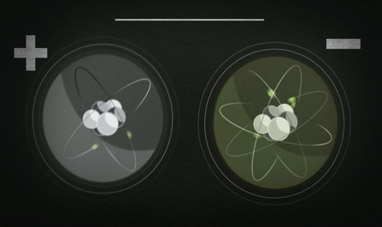

CHEMICAL BONDS


LUNAR ECLIPSES
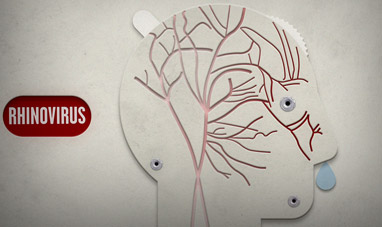

COMMON COLD
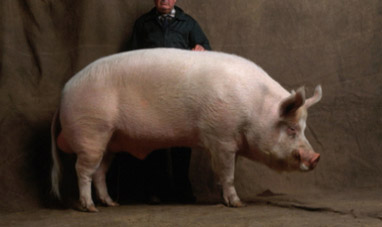

PIG


TARANTULA


BARRACUDA


TWITTER


METEORS
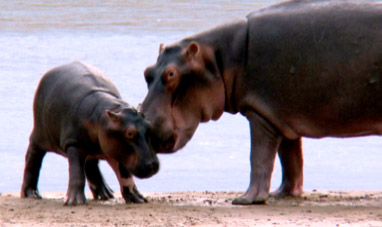

HIPPOPOTAMUS


SCORPION
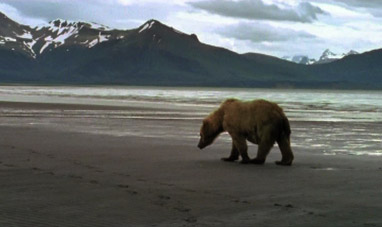

BEAR
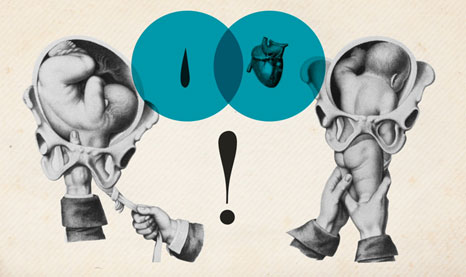

CHILDBIRTH
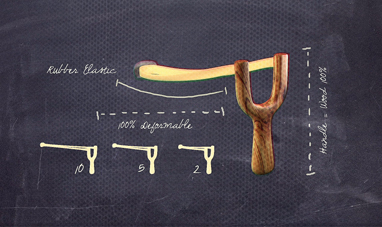

NATURAL RUBBERS


PENGUIN
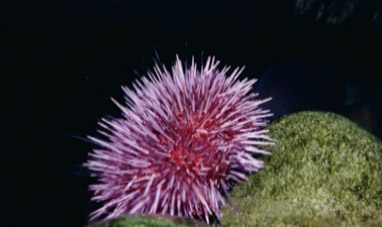

SEA URCHIN
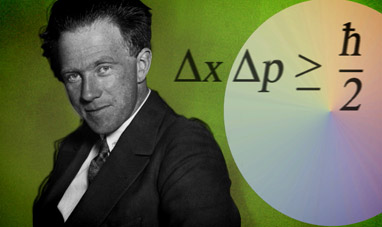

THE HEISENBERG PRINCIPLE
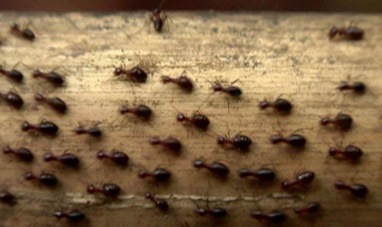

ANT


PARROTT


SUPERNOVAS


LADYBUG


BIG DATA


CATERPILLAR
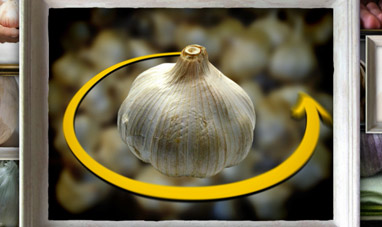

GARLIC


BLACK HOLES


MARS


FACEBOOK


CLOUD COMPUTING


DEER
